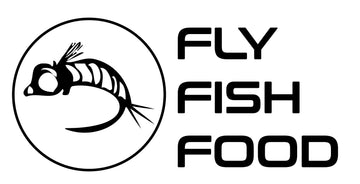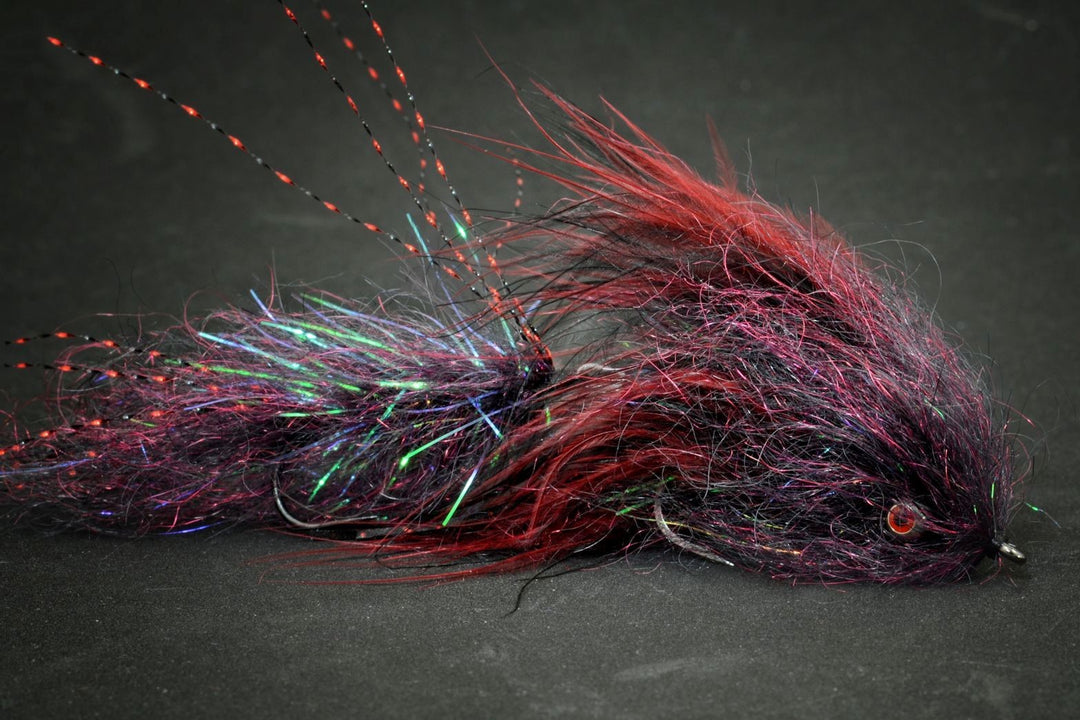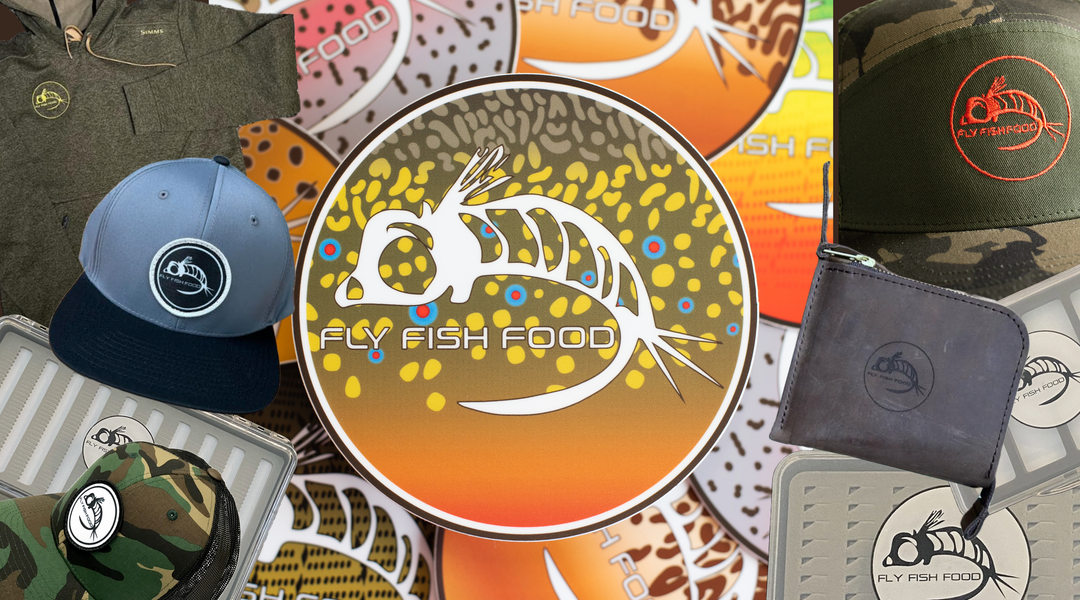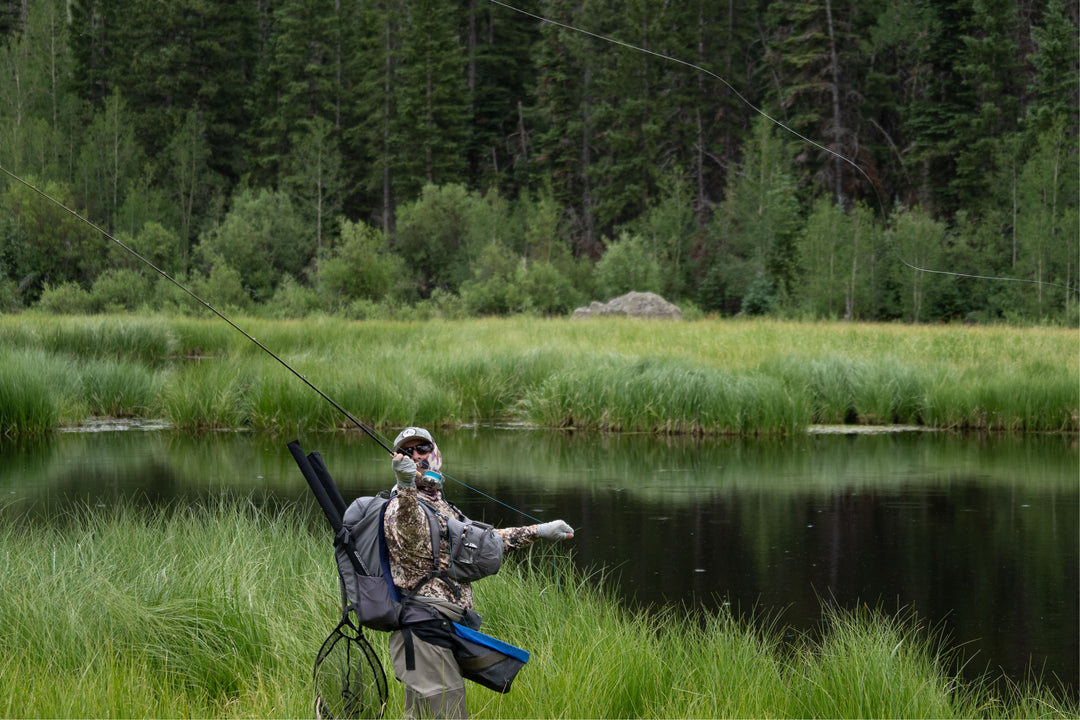Shenandoah River Fly Fishing Report - August 8/23/2025
SHENANDOAH RIVER FLY FISHING REPORT
Virginia — North & South Forks
Current River Conditions
Status: Elevated after recent rains — pockets of heavy stain to muddy water.
Expect faster current, higher banks, and reduced visibility (often < 12 inches in stained reaches).
Late‑summer range: mid‑60s°F to low‑70s°F in slower pools — cooler in riffles.
Note: warmer banks push bass into deeper lanes and shaded structure.
Forecast (48–72 hr): warm afternoons, possible isolated showers. Winds variable — check local forecast before you launch.
Many public put‑ins open but expect higher water at ramps; watch for submerged hazards and faster currents. Use a PFD, strong footwear, and avoid deep wading in stained flows.
What’s Biting — Target Species
The Shenandoah is primarily a smallmouth bass fishery right now. Elevated water concentrates fish into inside bends, eddies, and slower secondary channels. Sunfish and largemouth will take terrestrials and streamers in quieter backwaters. Trout are present in the colder headwaters but are less reliable in stained flows — target them where pockets remain clear.
Hatch Chart & Insect Activity (Late August)
| Insect / Food | Size / Notes | Activity | Prime Time |
|---|---|---|---|
| Terrestrials (hoppers, cicadas) | Adult hoppers & cicadas — large surface food | High — fish will key on these near banks | Midday → late afternoon |
| Caddis | #14–18 — evening skitterers | Moderate — best at dusk in clearer pockets | Evening |
| Stonefly / Salmonfly (in pockets) | #4–10 — big attractor profile | Low→Moderate — localized where adult stones persist | Late morning → afternoon |
| Midges / Emergers | #18–22 small patterns | Light — useful in very calm clear runs | All day (low light best) |
| Baitfish & Crayfish | Streamers / craw patterns | High — especially in stained water (bass reaction strikes) | All day — mornings and late afternoon prime |
Recommended Flies (linked patterns)
Below are fly patterns that match current Shenandoah conditions. Links go to available patterns so you can tie or pick them up before you go.
- Libby's Salmonfly — big stonefly/salmonfly dry for blow‑ups where adults persist (sizes #4–8).
- Tungsten Pat's Rubber Legs — weighted rubber‑leg nymph for deep seams and undercut banks (excellent for aggressive smallmouth).
- Joe's Mini Crayfish Jig — the go‑to for stained water; fish tight to structure and along the bottom.
- Coffey's Articulated Sparkle Minnow — Sculpin — sculpin imitation for deeper runs where bass are holding (size #4 works well).
- Sculpzilla — Natural — bulk profile streamer for reaction strikes in stained conditions.
- Cheech Leech — Black — classic leech/bugger for banks and deeper pools; works all day.
- Corn‑fed Caddis (CDC) — Olive — skittering evening dry for quieter, clearer pockets.
- Tungsten Split Case Nymph — PMD — small, dense nymph for indicator or Euro setups in faster runs.
- Parachute Adams — universal dry for testing surface interest in clearer stretches or after evening caddis.
Tactics & Presentation
Clearing Pockets & Inside Bends: Fish nymph rigs tight to structure—single heavy tungsten nymph or a lead nymph with an attractor dropper. Pat's Rubber Legs and Split‑Case nymphs are excellent choices.
Terrestrials: When hoppers and cicadas are active, throw a large hopper or cicada pattern on top with a small droppers beneath for opportunistic hookups. Fish inside edges, overhanging banks, and shallow riffles.
Boats & Floaters: In higher water, drifting slower water with a streamer or streamer‑plus‑indicator can find concentrated schools—keep the boat upstream and make long, targeted casts into seams.
Local Notes & Angler Tips
- Check local shops/outfitters (Front Royal / Luray area reports) for the latest ramp conditions and short‑term level changes.
- If you plan to wade, choose conservative entry points and test depth with a wading staff — current is stronger than it looks.
- Use contrasting fly colors in low visibility: black, brown, and olive with a touch of hot‑orange or chartreuse can help fish locate the fly.
- Observe where birds are feeding and where surface boils occur — those are often the best places to focus when visibility is low.




